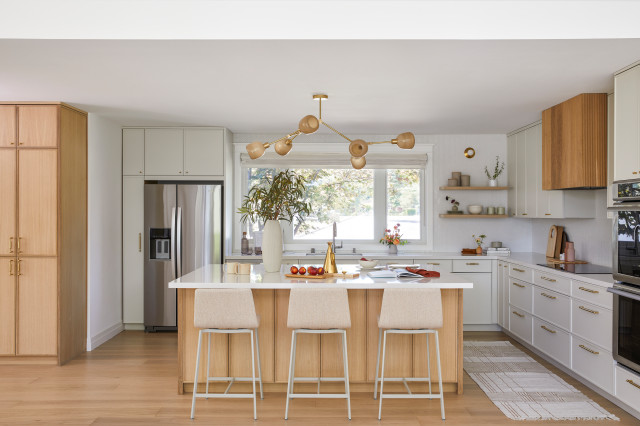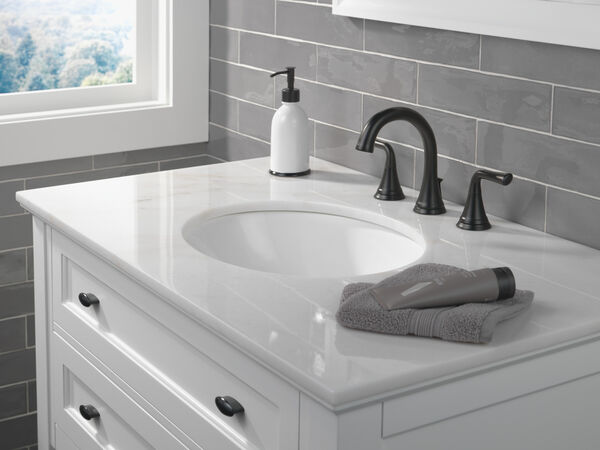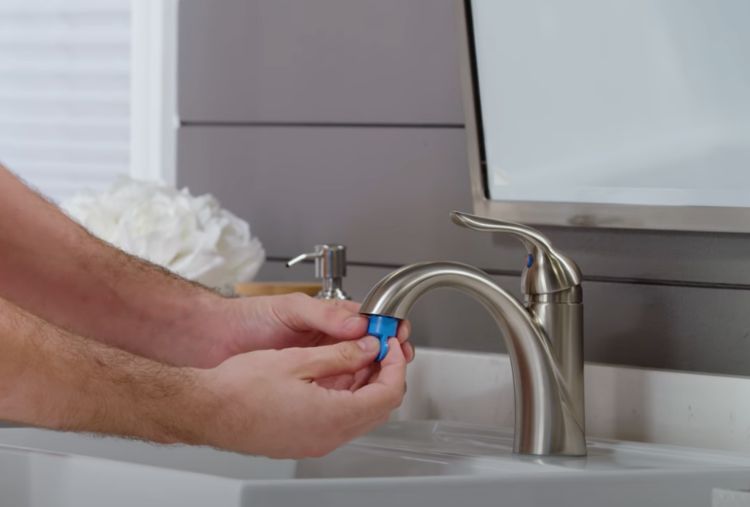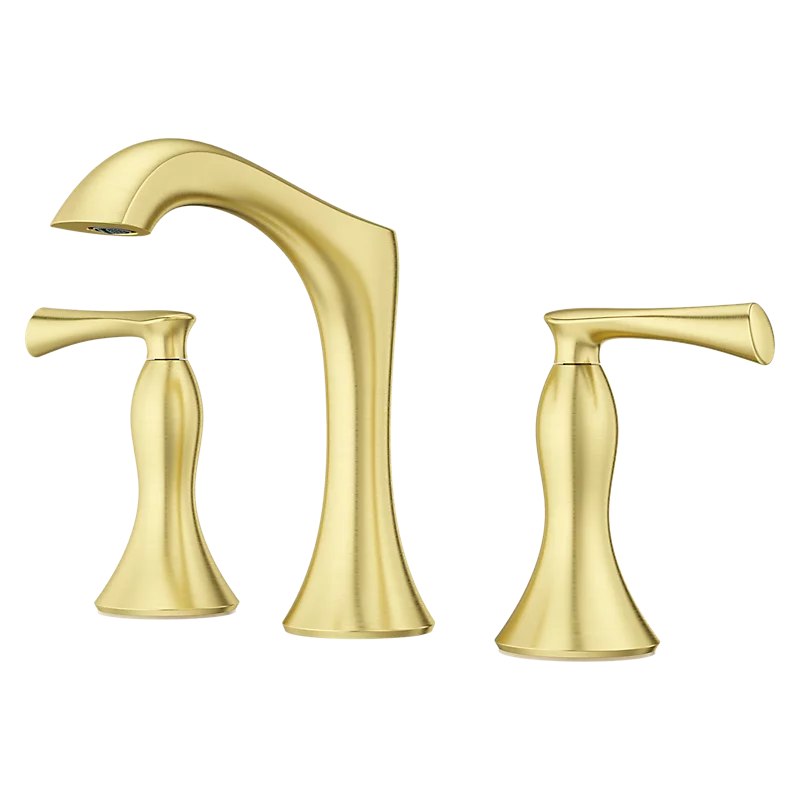From bad layouts to poor storage, here are seven common issues pros address in their clients’ remodels

Solution: “As with any obstacle, these kitchen design challenges are best assisted with good communication,” Fraser says. “We work really hard to travel the renovation journey alongside our clients, listen to what is important to them and respond with clear explanations of opportunities and potential benefits from any proposals we have.
“We often question the status quo, whether that be a presumption about the building itself or where something is located. We do so gently, explaining why it may help to adjust previous thinking and with an openness to the outcome of discussions.”
Fraser’s team also:
- Designs in 3D to help clients visualize the impact that built changes will make.
- Might consider removing an awkward window where the view won’t be missed to provide more usable wall space for cabinets. If it’s a single-story house or the kitchen is on the top level they might supplement natural light with a skylight.
- Rather than removing a window, might tweak the window height to fit counter space under it.
- Specifies specialist hardware and storage for tricky spots, such as narrow pull-outs, corner units and door hardware that allows easy access to non-standard cabinetry. The value per square foot in a kitchen is far more than the equivalent space elsewhere, such as in a garage or basement, so it’s worth investing in making every inch count.
2. Insufficient Storage
Alison Felstead, interior designer and owner of Naibu Design, says, “Having too many small appliances on countertops can make a kitchen feel cluttered and uninviting.”
Solution: “If space permits, I like to include a pantry cupboard for food items and an appliance cupboard for small, frequent-use appliances such as the microwave, toaster and coffee machine.
“Corner cabinets can also be problematic as they can create ‘dead’ wasted space. But there are some clever interior corner storage systems that can be specified to make better use of them.
“I also like to include a combination of cupboards and drawers in a client’s kitchen design to maximize their storage options.”
3. No Space for Garbage and Recycling
“Waste management is often overlooked in kitchen planning, but it is very important in order for the room to function properly,” Felstead says.
Solution: “The specific bin set-up will depend on the client’s needs, but usually a larger bin is required for general waste, supplemented with separate, smaller bins for different types of recycling,” Felstead says.
“If space allows, my ideal layout is to house a pull-out in a cupboard to the left of the sink with separate bins for general waste and recycling. I’d then position the dishwasher to the right of the sink.”
4. No Home for Bulky Items
Alishia Minett Johnson, design director at Minett Studio Architects + Interiors, says,
“We’ll often see kitchen storage set-ups that don’t factor in space for bulky and awkward items such as platters, baking trays, large pots and fry pans. Some of our clients complain about inheriting a kitchen that doesn’t house their bulky cookware and, as a result, their laundry or hall cupboards end up doubling as extra storage.”
Solution: “We are home cooks and entertainers ourselves with young families, so the experience of knowing what is the most efficient layout, effective use of space and storage is key to a successful outcome,” Johnson says.
“We go to the client’s home and measure everything — from their cookbooks, cookware and platters to their vases — to ensure that their storage delivers. We mark out heights in masking tape on the wall so the client can simulate opening the oven and cupboards, and to ensure the space is comfortable to use.”
When workshopping a new kitchen with a client, Johnson’s team asks specific questions, such as:
- Do you have lots of cooking oils and sauces that you need to access when you’re at the stove?
- Would you need a spice drawer?
- Do you collect cookbooks, and which are the tallest and shortest of them?
- How many small appliances do you have and which ones do you use daily?
- What is your morning routine in the kitchen? What do you need easy access to?
- Will more than one person cook in the kitchen at once, and what is the most practical circulation layout?
- Do you have any health concerns, such as a bad back, which mean you don’t want to bend to access the oven or unload the dishwasher?
5. Space Not Designed Holistically
Minett Johnson says, “Kitchens that aren’t properly tailored to the client, their home and lifestyle can be frustrating to use.”
Solution: “When you’re designing a kitchen, consider who will be using it and the home it will go into. You need to think like a cook and make sure the kitchen works well and doesn’t just look beautiful.
“For example, designing the correct-size drawers to fit the client’s large stockpots and spot for them to store baking trays, platters and chopping boards vertically.
“For example, we ask our clients to choose their appliances first as this will dictate the quality of the cabinet finish required. If the client selects top-shelf appliances, such as Sub-Zero fridges, this calls for high-end cabinetry. We’d also reserve other expensive features, such as pocket doors, for high-end projects.”
“If the client chooses low- to mid-range appliances, then wood laminates and engineered stone are generally sufficient.”
6. Poor Lighting
“It is important to have task lighting in those areas where you prepare and cook food, such as countertops, the cooktop and sink, supplemented by ambient lighting for atmosphere,” Felstead says.
Solution: “Combine task lighting and ambient lighting for the best of both worlds. This could include ceiling lights such as pendants or spotlights as ambient lighting (with a dimmer option so you can change lighting levels to suit the mood), and either spotlights or LED strip lighting underneath the wall cupboards for task lighting so the cook can prepare food safely and comfortably,” she says.
“I would also choose a range hood with an integrated light to illuminate the cooktop when you’re cooking.”
7. Tricky Layout
A kitchen should look good and function properly too, Felstead says. “A poor layout will make the kitchen difficult to use.”
Solution: “Larger appliances such as the fridge, oven, sink and dishwasher along with the cabinetry should be positioned close to the cook for easy use, but with enough space around them for doors and drawers to open comfortably,” she says.
“Also be sure to choose a fridge that is not too deep for the cabinetry, making it stick out beyond the edge. I will either choose a narrow-depth fridge or make the cabinetry housing the fridge a little deeper.”

















1. Window in an Awkward Spot
Frances Fraser, designer and director at Honour Creative, says, “It’s no wonder that most new-build kitchens we see feature a single wall and an island, or an L-shaped layout with an island. Windows are exactly where you want them, and the blank wall and ceiling levels are ready to accommodate a clean-lined, balanced composition of cabinetry.
“The reality when renovating a kitchen in an older home is often awkward corners, windows that break up wall space, relationships to adjacent spaces that create thoroughfare complications and angled ceilings or ones with height changes.
“Working with kitchens that start off as anything but a blank canvas creates some of the most common design challenges. These include how to find space for tall elements such as the fridge, disjointed flow between work zones, underutilized corners, a constrained footprint and a need for more storage.”